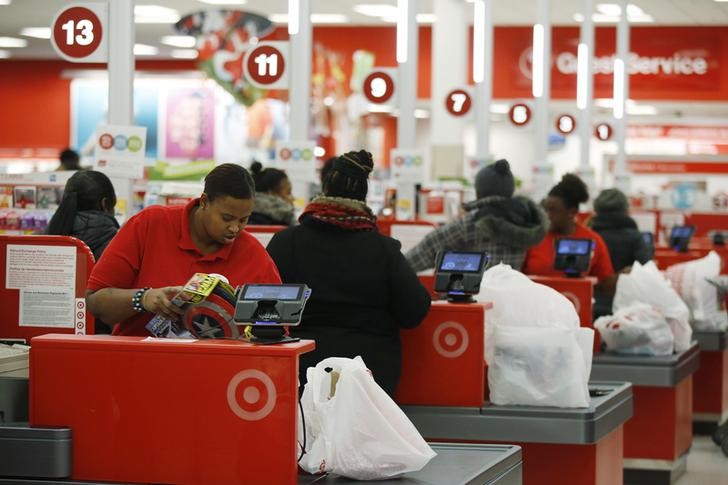Investing.com -- An inflation metric closely monitored by the Federal Reserve slowed as expected in the year to September, potentially bolstering the case for the central bank to slash interest rates again this year.
The personal consumption expenditures price index decelerated to a 2.1% annual increase during the month, cooling from an upwardly-revised reading of 2.3% in August. The figure was in line with economists' estimates.
On a monthly basis, the index sped up slightly to 0.2% from 0.1% in August, matching projections.
Meanwhile, the so-called "core" metric, which strips out more volatile items like food and fuel, came in at 2.7% annually -- faster than expectations of 2.6% and equaling August's pace. Month-on-month, it accelerated slightly to 0.3%, meeting expectations.
Commerce Department data on Wednesday also showed core PCE at 2.2% in the third quarter, easing from a prior reading of 2.8% but faster than projections of 2.1%, while headline PCE cooled to 1.8%.
The figures come as Fed officials contemplate their next policy decision after they moved to cut borrowing costs by an outsized 50 basis points in September. Despite lingering concerns that price gains in the US have remained above the Fed's stated 2% target level, policymakers argued that the jumbo reduction was needed to help bolster labor demand.
Separately on Thursday, weekly claims for first-time unemployment benefits dipped to 216,000 from 228,000 in the prior week.
Earlier in the week, private payrolls for October unexpectedly jumped to 233,000, pointing to resilience in the labor market despite a string of potential disruptions from devastating hurricanes and ongoing strikes. The all-important nonfarm payrolls report is due out on Friday.
Crucially, these are some of the final economic indicators that will be made available to voters prior to the Nov. 5 US presidential election. Issues like high food and housing costs remain front of mind for many Americans, with many viewing the state of the economy as poor, according to a poll from the Associated Press-NORC Center for Public Affairs Research.
The US economy grew at a slower than expected rate in the third quarter despite signs of waning inflationary pressures and solid wage gains, an advance estimate of gross domestic product from the Commerce Department showed on Wednesday.
